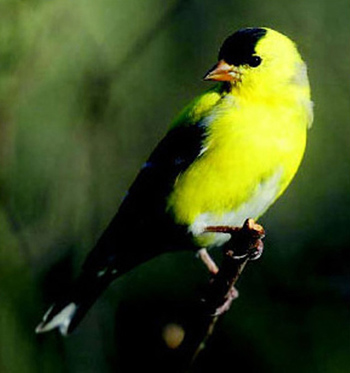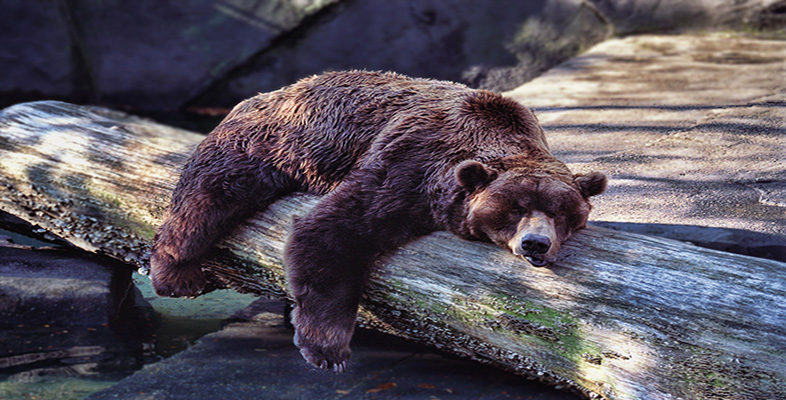2 The nature and extent of hibernation and torpor in endotherms
2.1 Degrees of torpor
Adaptive hypothermia occurs in at least six distantly related mammalian orders (Table 1) and in several orders of birds. There is a spectrum running from those species which can tolerate a drop in T b by 2° C for a few hours, to the seasonal deep hibernators which maintain a T b as low as 4° C for weeks on end.
| Group | Sub-group (and example) | Comments |
|---|---|---|
| Prototheria | spiny anteater | seasonal |
| Metatheria | Didelphidae (American opossums) | occasional |
| Dasyuridae (insectivorous mice) | occasional | |
| Phalangeridae (possums) | seasonal | |
| Eutheria | Rodentia* (see Table 2) | seasonal (and daily) |
| Primates (dwarf lemurs) | seasonal | |
| Chiroptera* (temperate bats) | seasonal (and daily) | |
| Insectivora* (tenrec, African shrew, golden mole, hedgehog) | seasonal | |
| Carnivora (black bear, brown bear, badger) | seasonal lethargy – not deep hibernation | |
| * Includes native British species. |
Question 3
What characteristics would you expect to find in seasonal hibernators?
Answer
Seasonal (deep) hibernators are likely to be small and to live in an environment where there may be a large difference between T a and T b, and their food is likely to be absent or inaccessible for long periods. Most such animals are herbivorous or insectivorous. Size is a critical factor in the depth of torpor: for example, black and brown bears inhabit the same territory as several deep hibernators, but provided they have shelter, they can manage on stored energy reserves, mainly of fat, for extended periods by lowering their T b by only 2–6° C. The availability of food is another factor: a number of small birds, for example the American goldfinch (Carduelis tristis*; Figure 2) can survive in winter temperatures down to −60° C, remaining active and maintaining T b with a huge (in excess of 500% over summer levels) increase in thermogenesis. However, other species, such as the redpoll (Carduelis flammea), which inhabits the northern United States show, in addition, a nocturnal hypothermic torpor.

If an animal is very small, quite short periods without food may present a problem, and nocturnal hypothermia and torpor can be important for energy conservation. For example, several species of tropical hummingbird undergo nocturnal torpor, even though the difference between T a and T b is not huge.
Note: In this course we make reference to a wide range of species and have given both a common and the scientific name. There is no need to learn these scientific names. They do though allow you to check precisely which species is involved in a study. The same species may have a different common name in different locations. Moreover, one common name may be used for different species in different locations.
